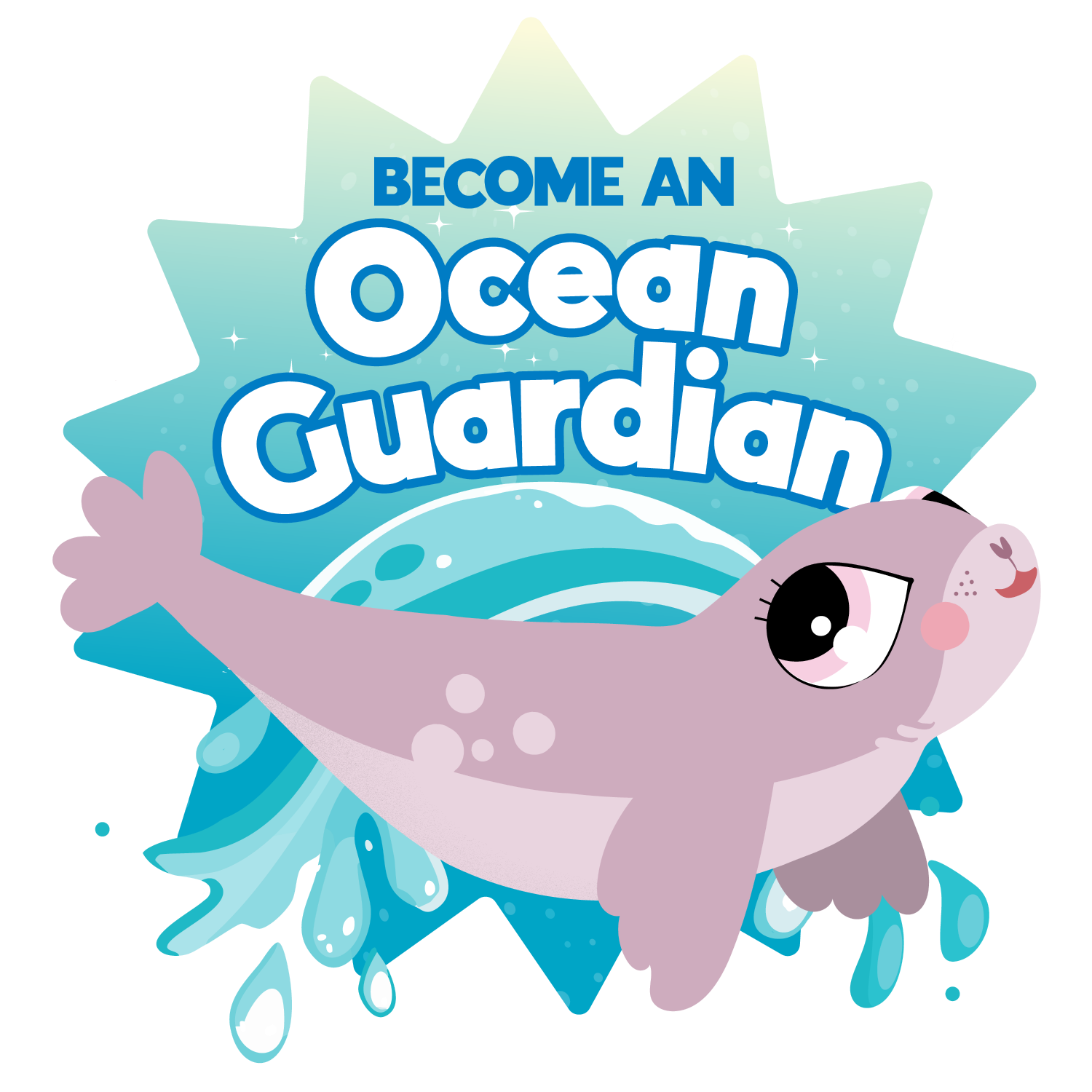Discover cool facts about marine life!
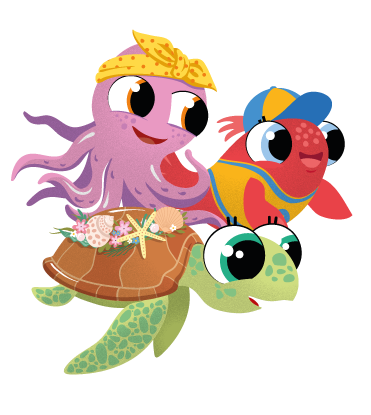
Our oceans are not only important but full of incredible flora and fauna! Discover the secrets of the deep with us and learn about the marine life that calls it home. From tiny plankton to giant whales, there's something for everyone to discover!
Did you know that scientists use Latin names for animals and plants? It is like a universal code that everyone in the scientific world knows, and it helps avoid misunderstandings. Plus, Latin names are often descriptive and tell us about the animal or plant's characteristics.
You will find the scientific name in brackets at the top of each description, but don't be scared if they look difficult to pronounce. The next time you hear a long Latin name, remember it's like a special language between scientists!
PLEASE NOTE: This webpage has a lot of videos showing each of the sea creatures, we have a photo to show while you wait for them to load, therefore, the longer you look around the more videos you can see.
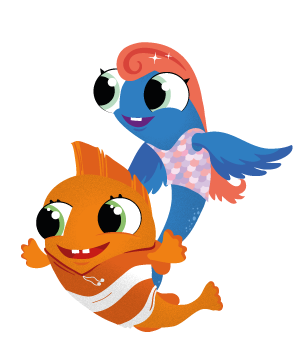
Dimitra is an
OCTOPUS
Dimitra is an
OCTOPUS
Dimitra is an
OCTOPUS
(Octopoda)
Octopuses have up to 8 arms and 3 hearts! They like to eat crabs, shrimps and lobsters.
Sophia is a
SEAHORSE
Sophia is a
SEAHORSE
Sophia is a
SEAHORSE
(Hippocampus)
Seahorses don’t look like fish, but they are! They don’t have scales, they have an exoskeleton made up of hard, bony plates.
Athena is a
FLYING FISH
Athena is a
FLYING FISH
Athena is a
FLYING FISH
(Exocoetidae)
Despite the name, Flying Fish can’t fly, but they can propel themselves out of the water to nearly 6m high.
Apollo is a
GOBY FISH
Apollo is a
GOBY FISH
Apollo is a
GOBY FISH
(Gobiidae)
Red-mouthed Gobies get their name from their bright red lips! They can grow up to 18cm long and sleep in the sand!
Orestis is a
CLOWNFISH
Orestis is a
CLOWNFISH
Orestis is a
CLOWNFISH
(Amphiprion ocellaris)
Clownfish live in coral reefs, which protect them from predators.
Female Clownfish can lay over 100 eggs and male Clownfish can change genders!
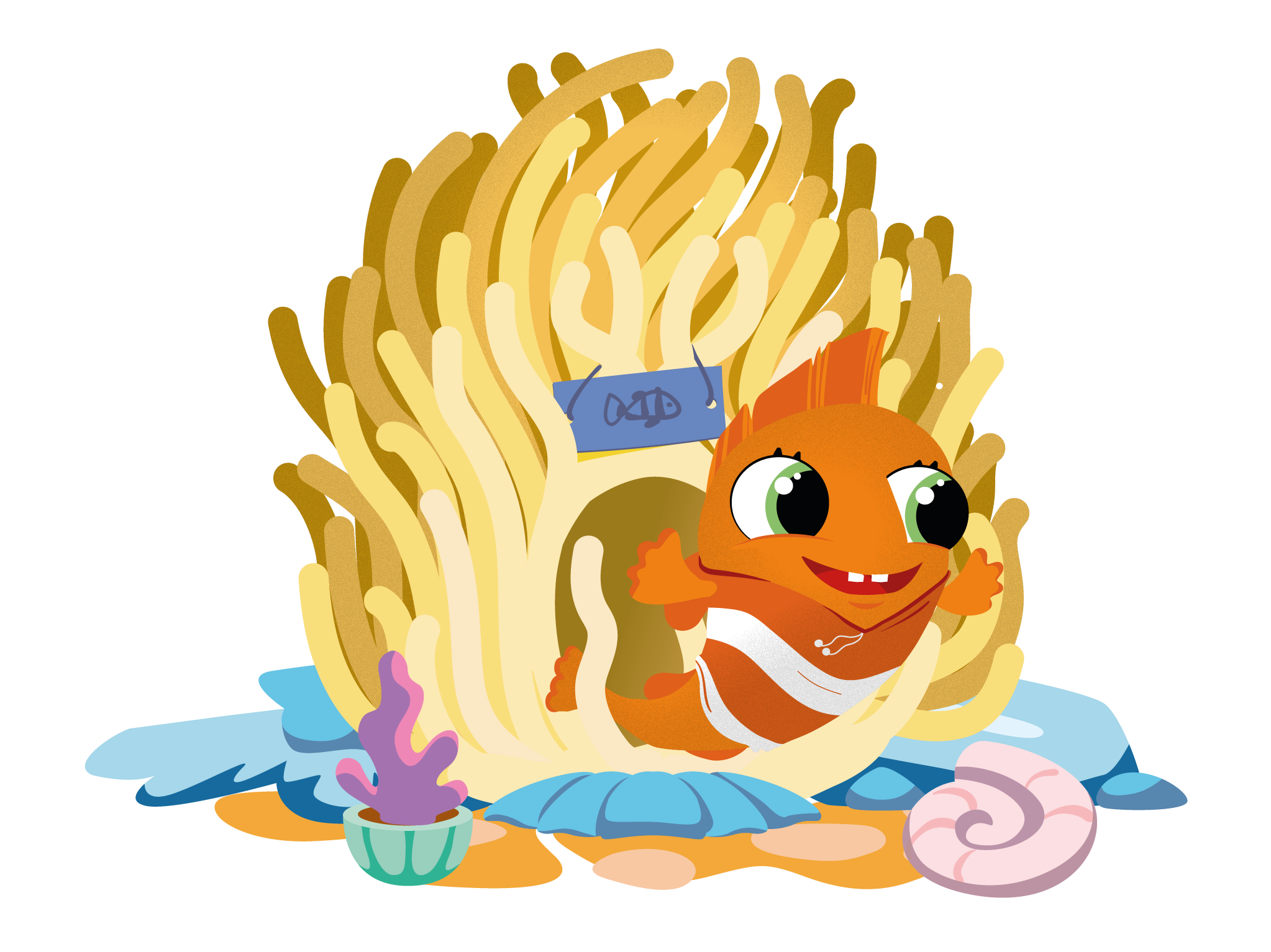
Electra is an
EEL
Electra is an
EEL
Electra is an
EEL
(Anguilliformes)
Many eels have super-blurry vision! But no worries, they have amazing noses that help them sniff out food in the dark.
Jewel is an
JELLYFISH
Jewel is a
JELLYFISH
Jewel is a
JELLYFISH
(Scyphozoa)
Jellyfish are made mostly of water and don’t have bones, brains, or hearts
Teresa is a
SEA TURTLE
Teresa is a
SEA TURTLE
Teresa is a
SEA TURTLE
(Chelonia mydas)
Green Sea Turtles use the Earth’s magnetic field to navigate.
They’re also an endangered species so we need to do all we can to protect them!
Adonis is a
MANDARIN FISH
Adonis is a
MANDARIN FISH
Adonis is a
MANDARIN FISH
(Synchiropus splendidus)
These fish lack scales, using mucus for protection and camouflage. Their bright colours, rather than attracting mates, deter predators.
Atlas is an
ANGLER FISH
Atlas is an
ANGLER FISH
Atlas is an
ANGLER FISH
(Lophius piscatorius)
Some species of Anglerfish produce their own source of light so they can swim through the very dark deep sea.
Carci is a
CRAB
Carci is a
CRAB
Carci is a
CRAB
(Carcinus maenas)
Mediterranean green crabs are omnivores – they eat both algae and small animals like mussels.
Soter is a
STINGRAY
Soter is a
STINGRAY
Soter is a
STINGRAY
(Myliobatoidei)
Stingrays are pretty speedy, and some can travel up to 30 miles per hour!
Rex is an
OYSTER
Rex is an
OYSTER
Rex is an
OYSTER
(Ostreidae)
An oyster can filter 190 litres of water a day! A cluster of oysters is called an Oyster Reef.
Theo is an
URCHIN
Theo is an
URCHIN
Theo is an
URCHIN
(Echinoidea)
The Purple Sea Urchin is spiny but not dangerous. If you are gentle you can hold it in your hand!
Lion is a
LIONFISH
Lion is a
LIONFISH
Lion is a
LIONFISH
(Pterois)
A single female lionfish can lay up to 2 million eggs per year.
Maria & Elpida are
MEDITERRANEAN
MONK SEALS
Maria & Elpida are
MEDITERRANEAN
MONK SEALS
Maria & Elpida are
MEDITERRANEAN
MOnK SEALS
(Monachus monachuss)
Mediterranean monk seals are generally solitary and diurnal.
Sophia is a
SEAHORSE
Sophia is a
SEAHORSE
Sophia is a
SEAHORSE
(Hippocampus)
Seahorses don’t look like fish but they are! They don’t have scales though, they have an exo-skeleton made up of hard, bony plates.
Atlas is an
ANGLER FISH
Atlas is an
ANGLER FISH
Atlas is an
ANGLER FISH
(Lophius piscatorius)
Some species of Anglerfish produce their own source of light so they can swim through the very dark deep sea.
Adonis is a
MANDARIN FISH
Adonis is a
MANDARIN FISH
Adonis is a
MANDARIN FISH
(Synchiropus splendidus)
These fish lack scales, using mucus for protection and camouflage. Their bright colours, rather than attracting mates, deter predators.
Rex is an
OYSTER
Rex is an
OYSTER
Rex is an
OYSTER
(Ostreidae)
An oyster can filter 190 litres of water a day! A cluster of Oysters is called an Oyster Reef.
Hermie is a
HERMIT CRAB
Hermie is a
HERMIT CRAB
Hermie is a
HERMIT CRAB
(Paguroidea)
Hermit Crabs are social creatures that live in colonies
Fergal is a
BLUE SHARK
Fergal is a
BLUE SHARK
Fergal is a
BLUE SHARK
(Prionace glauca)
Sharks can’t swim backwards!
Their fins are stiff like surfboards, so they can only zoom forward.
Orestis' Tide Tidbits
🔆Cheeky
🫨Wows
⚠️Uh-ohs
🤓Hmm
Hi! I've been on a mission of my own - searching for clues 🔍about how to save my ocean. I love to find the wackiest, most surprising stuff 😯- and sharing them with Theo, but lately he is busy building castles.
I've found some fin-tastic ones 🍀, but also some sneaky news ☹️ that we can't ignore. Ready to dive in? I hope you enjoy these missions as much as I do! Let's get to it! XX Orestis😘🤪
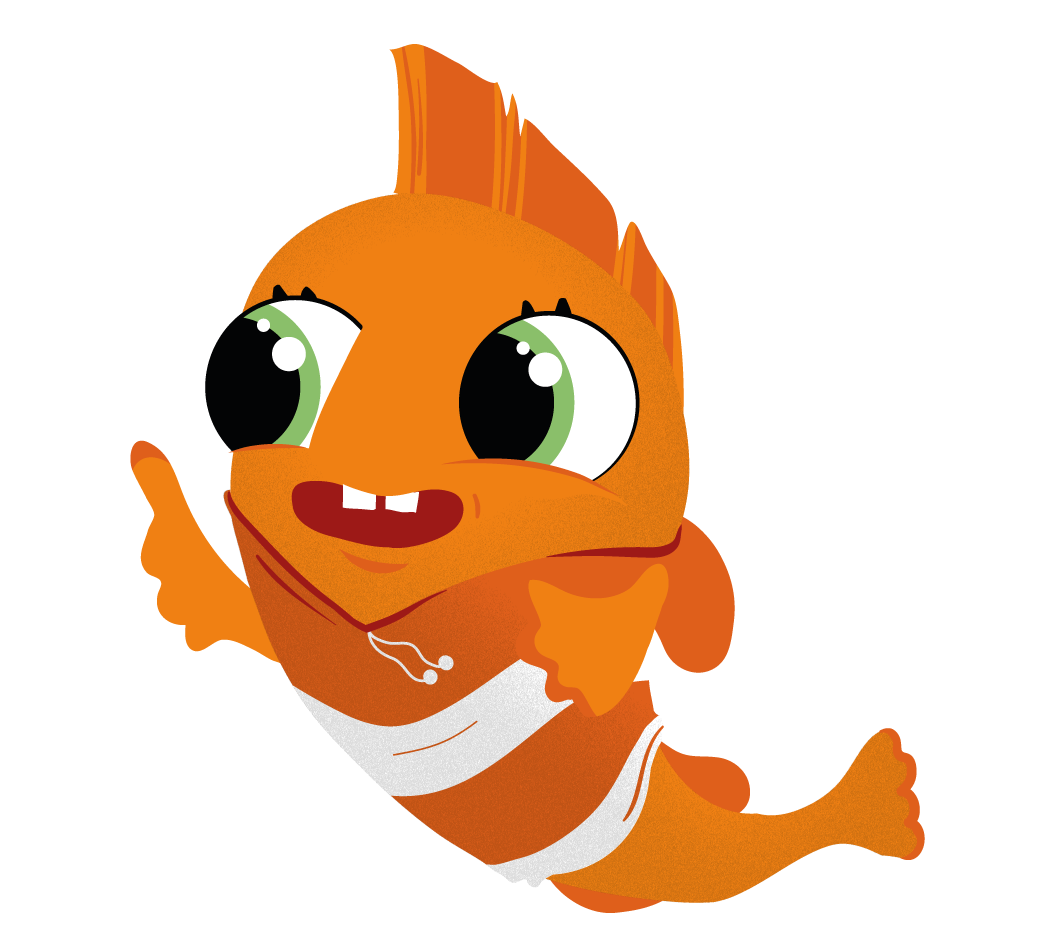
UNDER THE SEA IS THE PLACE TO BE!

I About Us I Cookies I Terms of Use I Privacy Policy I Accessibility I Contact I
©2024 Webra Group Ltd - inspired by the FISHSOUP book series by George Lebesis, Illustrated by Tamsin Baker.


